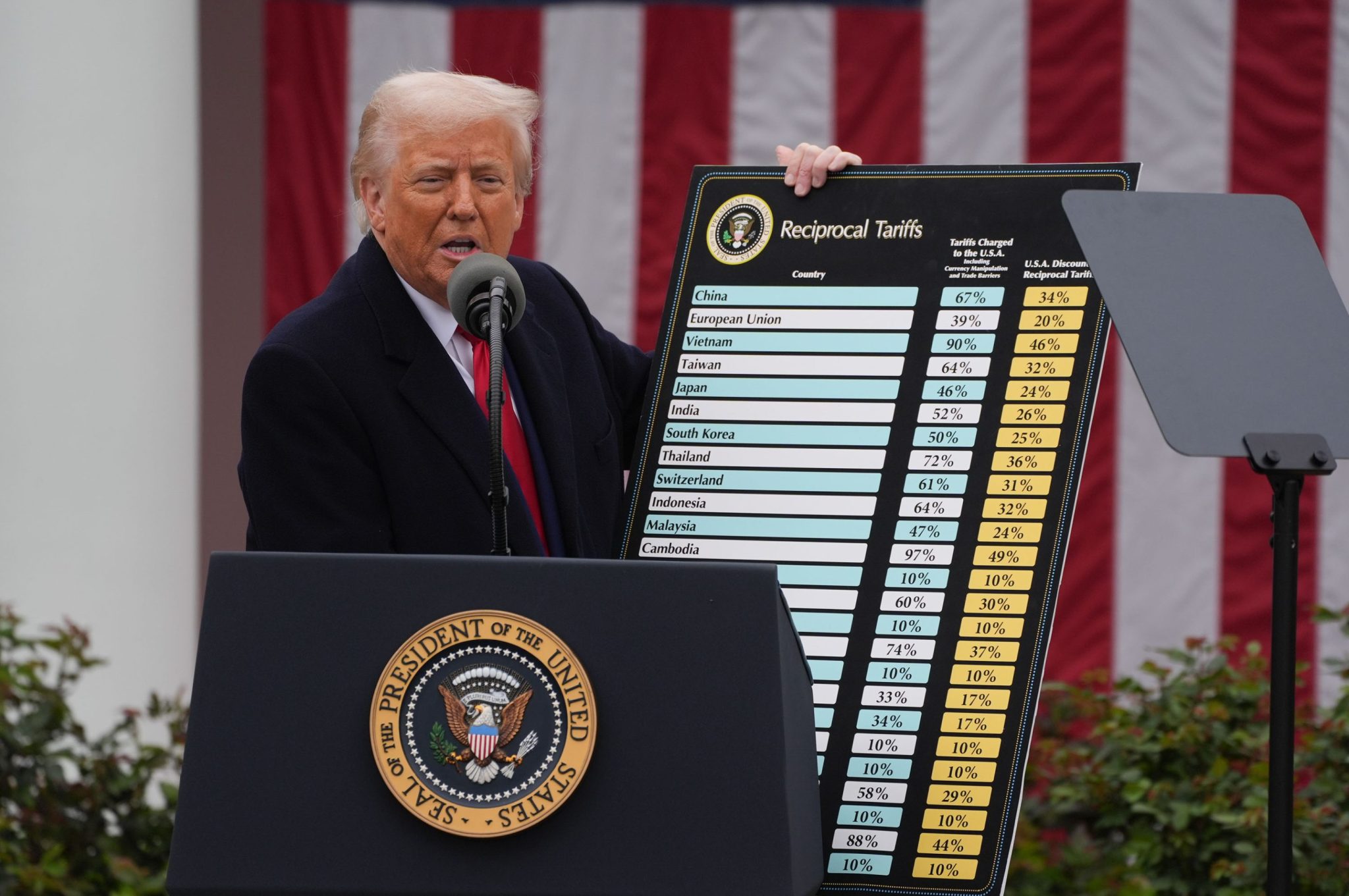Leaders Navigate Uncertainty with Flexibility and Adaptability

A senior executive at a global manufacturing company is currently facing significant challenges as his workload has tripled in recent weeks. The demands of coordinating resources and teams across different countries have left him feeling overwhelmed, living out of a suitcase while working late into the night on invoices and expense reports. This situation reflects a broader trend among executives who are grappling with rapidly changing market conditions, including fluctuating tariffs and the ongoing struggle to find the right talent amid evolving technological landscapes.
In such a volatile environment, traditional leadership approaches are no longer effective. Instead, leaders are finding it essential to embrace adaptability and flexibility. Here are six principles that can help executives navigate these turbulent times successfully.
Adaptation Over Prediction
One of the first steps leaders can take is to abandon the futile effort of making long-term predictions. Instead, they should focus on adapting to the changing circumstances. This approach involves shifting strategic planning from an annual event to quarterly check-ins. Such a structure allows teams to recalibrate their plans more easily in response to new information. By running small experiments with built-in feedback loops, leaders can encourage adaptability without the burden of large-scale initiatives that are difficult to modify.
Ruthless Prioritization
Many leaders find themselves in a reactive mode, constantly putting out fires and treating every task as a top priority. This chaotic environment often leads to burnout and inefficiency. To combat this, executives should critically assess their responsibilities by asking, “What if I just stopped doing this?” Identifying and pausing or eliminating three low-impact initiatives can help focus resources on what truly matters. Viewing the workload as a garden can provide clarity: what tasks are merely weeds that can be removed, and which are essential for sustainable growth?
Building coalitions rather than seeking consensus can also enhance decision-making speed. In fast-changing situations, waiting for everyone to agree can be counterproductive. Leaders should aim for alignment on core values and mission while giving their teams the autonomy to act within those parameters. This approach empowers employees, reduces decision fatigue, and allows leaders to free up their time for more pressing matters.
Leveraging AI Effectively
Artificial Intelligence (AI) can serve as a valuable asset for leaders overwhelmed by mundane tasks. By utilizing AI tools for routine responsibilities such as report generation, expense tracking, and scheduling, executives can conserve their energy for more strategic and creative endeavors. This shift not only improves efficiency but also enhances employee engagement by allowing teams to focus on tasks that foster innovation and relationship-building.
Creating White Space for Reflection
To maintain clarity amid chaos, leaders must carve out time for reflection. Setting aside two hours each month for “white space” discussions with the leadership team can facilitate important conversations about recent surprises, trends, and potential blind spots. Bringing in diverse perspectives from different departments or regions can offer valuable insights and enhance the team’s ability to adapt to changing circumstances.
Prioritizing Personal Well-Being
Burnout prevention should be viewed as an essential component of leadership rather than a luxury. For instance, the executive mentioned earlier has committed to a morning run before starting his workday, regardless of his location. This routine not only promotes physical health but also provides mental grounding. Leaders should identify their own burnout prevention strategies—whether through exercise, meditation, or spending time with loved ones—and establish these as immovable boundaries for both themselves and their teams.
As the pace of change continues to accelerate, leaders must cultivate clarity, adaptability, and self-care to navigate uncertainty effectively. By implementing these principles, executives can not only survive but thrive in challenging environments, finding strength in their ability to lead through adversity.






